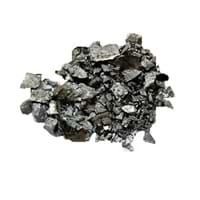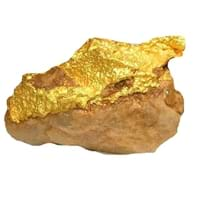Facts About Tin and Gold
Facts
Interesting Facts
- In the list of most abundant element Tin is ranked 49th.
- Tin metal does not react with water as well as does not corrode in it.
- It is found in copper ores and from the crust of the earth.
- It is the most malleable and ductile metal.
- Gold alloys are used in Dentistry as fillings, crowning, clips, etc. It is also used as an artificial limb joints.
Sources
Found in Minerals, Mining
Earth's crust, Mining, Ores of metals
History
Discovery
Before 3500 BC
Before 6000 BCE
Abundance
Abundance In Universe
4 * 10-7 %
20
6 * 10-8 %
26
Abundance In Sun
~0.0000009 %
19
~0.0000001 %
26
Abundance In Meteorites
0.00 %
24
0.00 %
99+
Abundance In Earth's Crust
0.00 %
34
0.00 %
99+
Abundance In Oceans
0.00 %
26
0.00 %
21
Abundance In Humans
0.00 %
13
0.00 %
18
|
||
|
||
|
|
||
|
||
|












